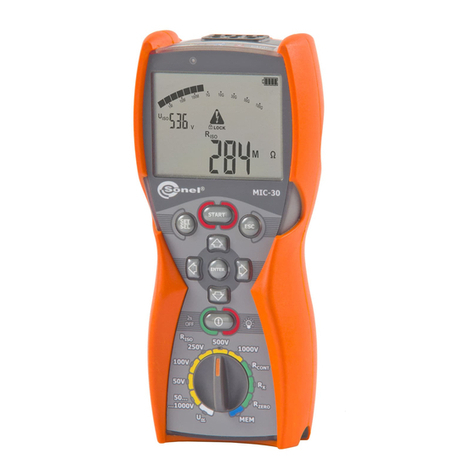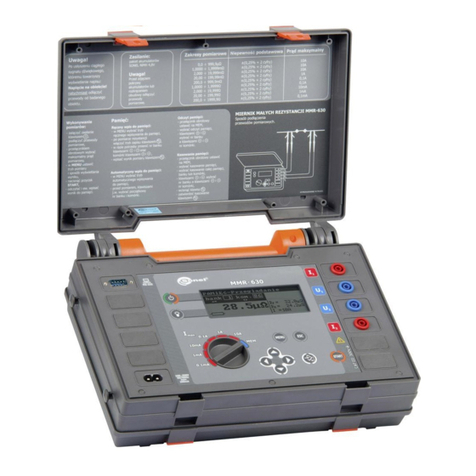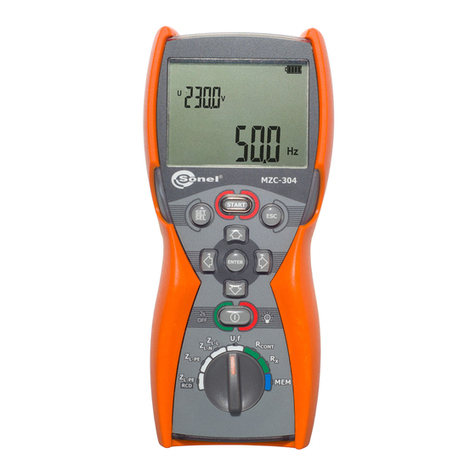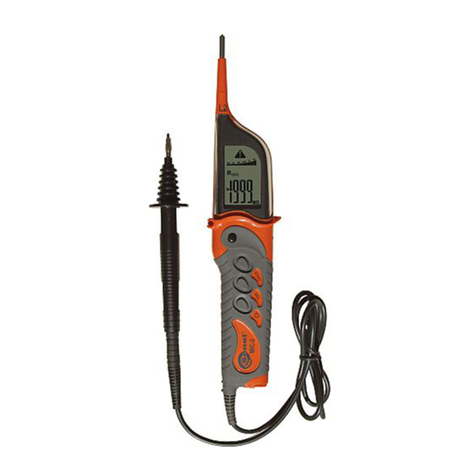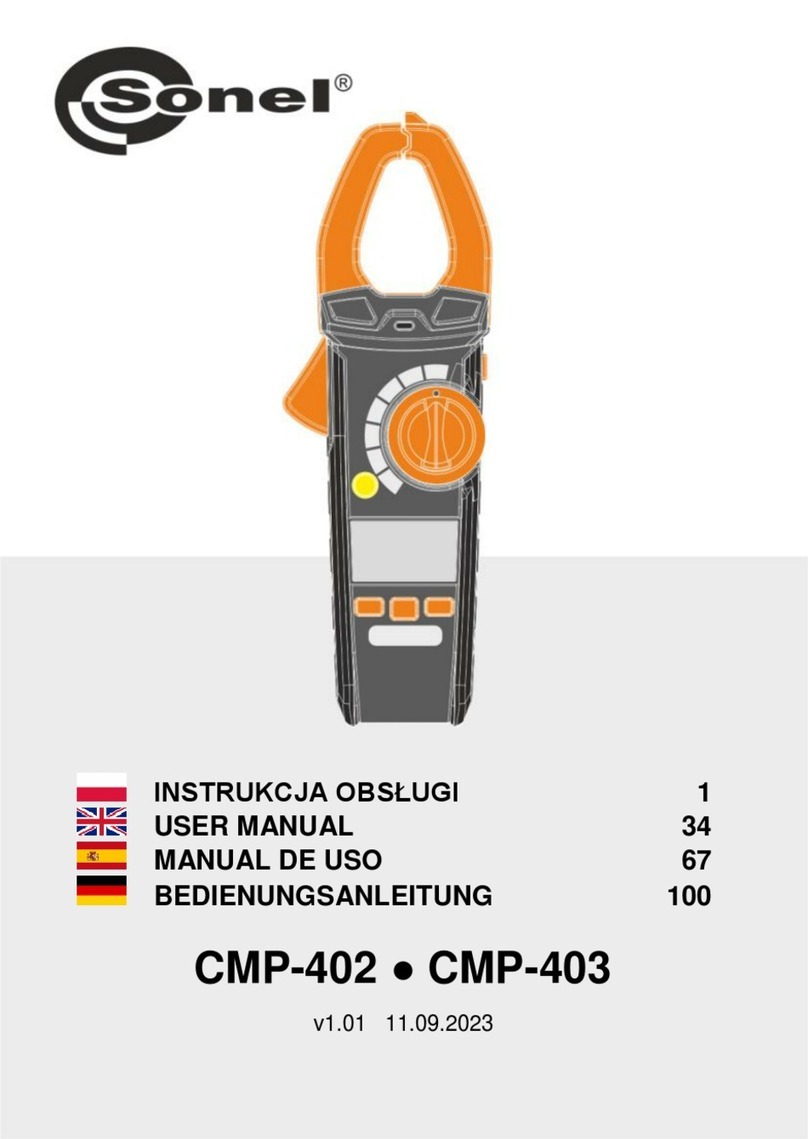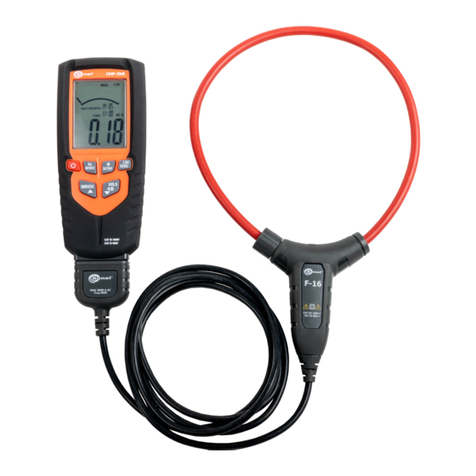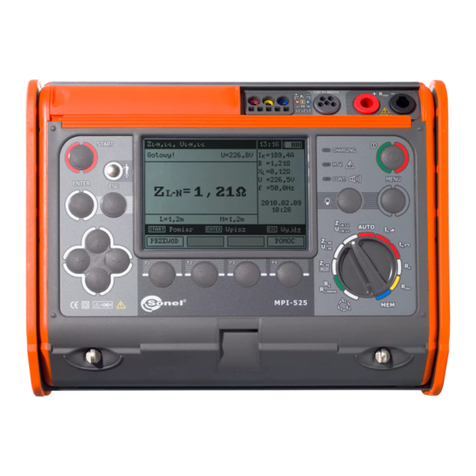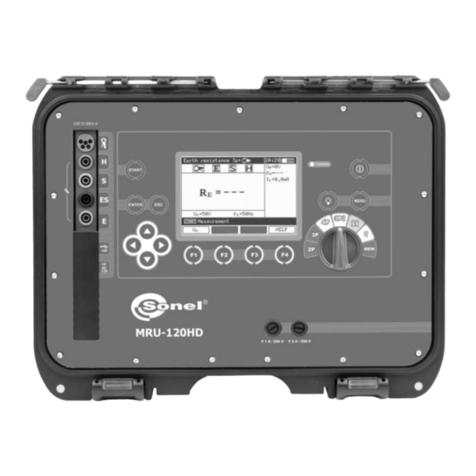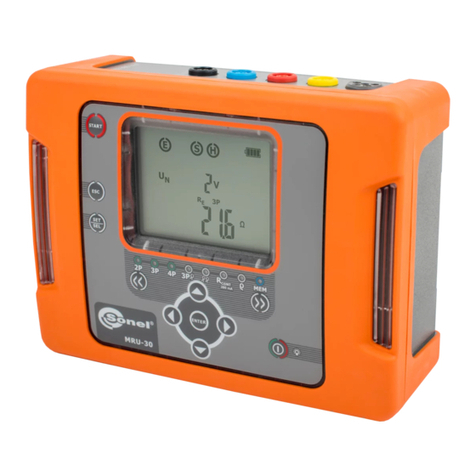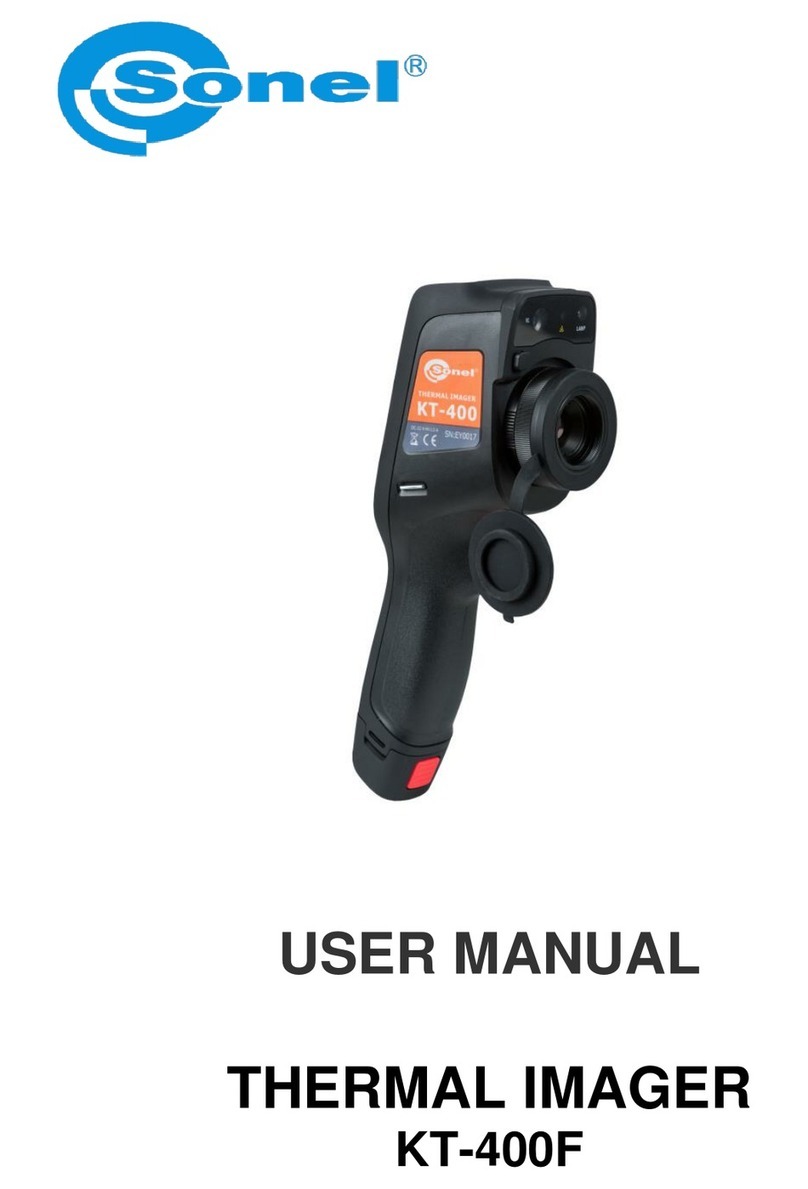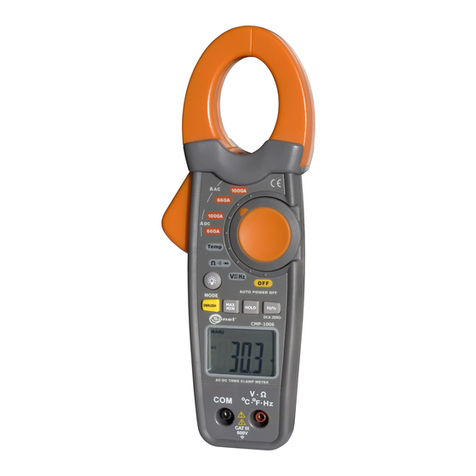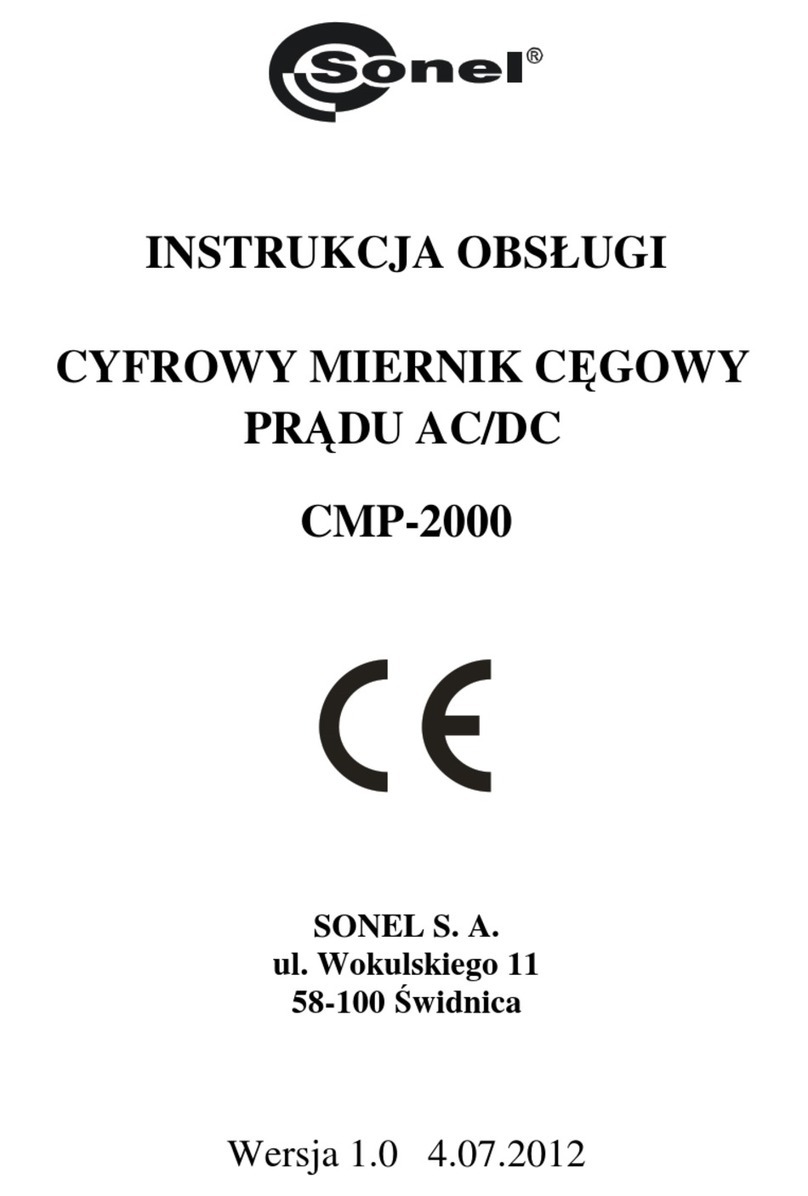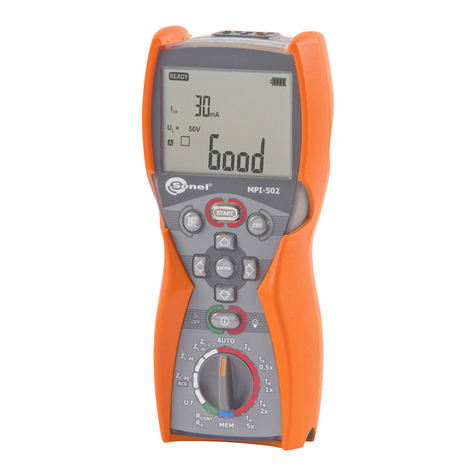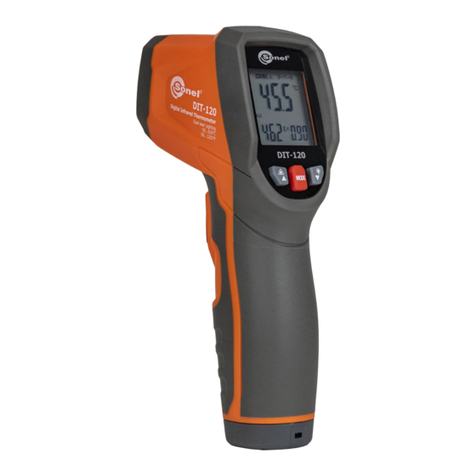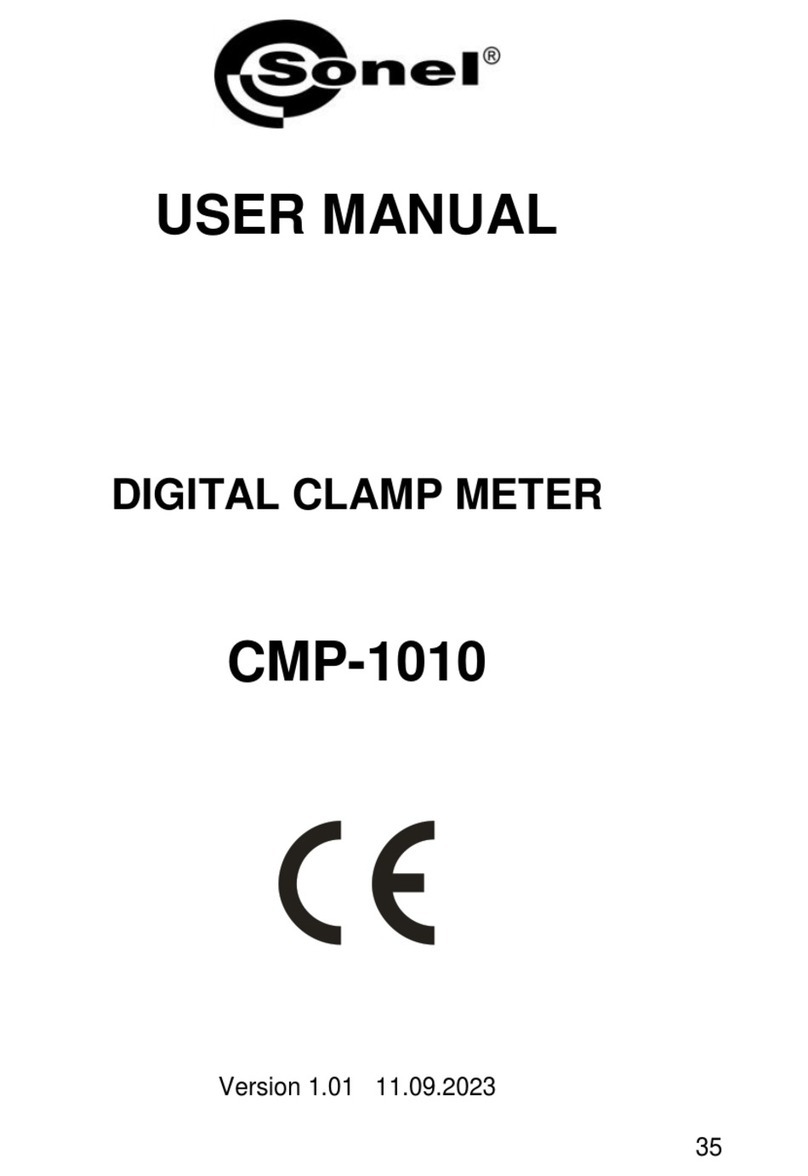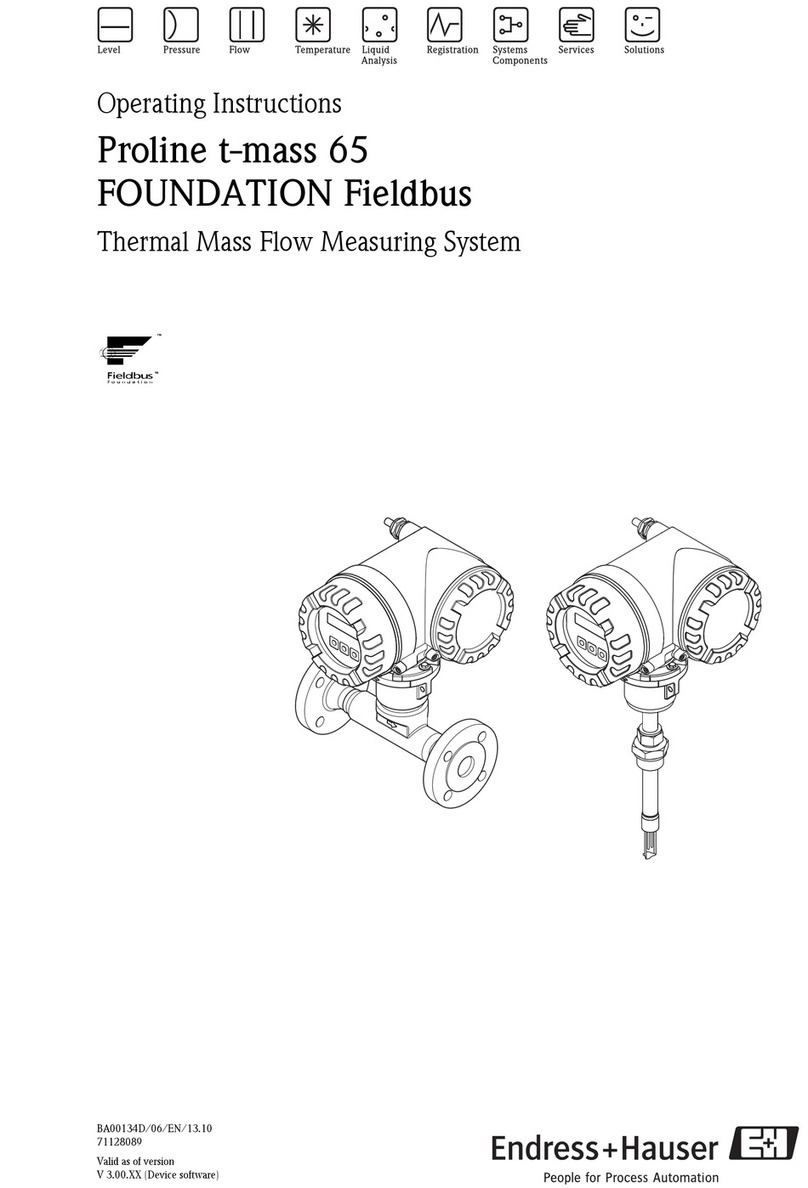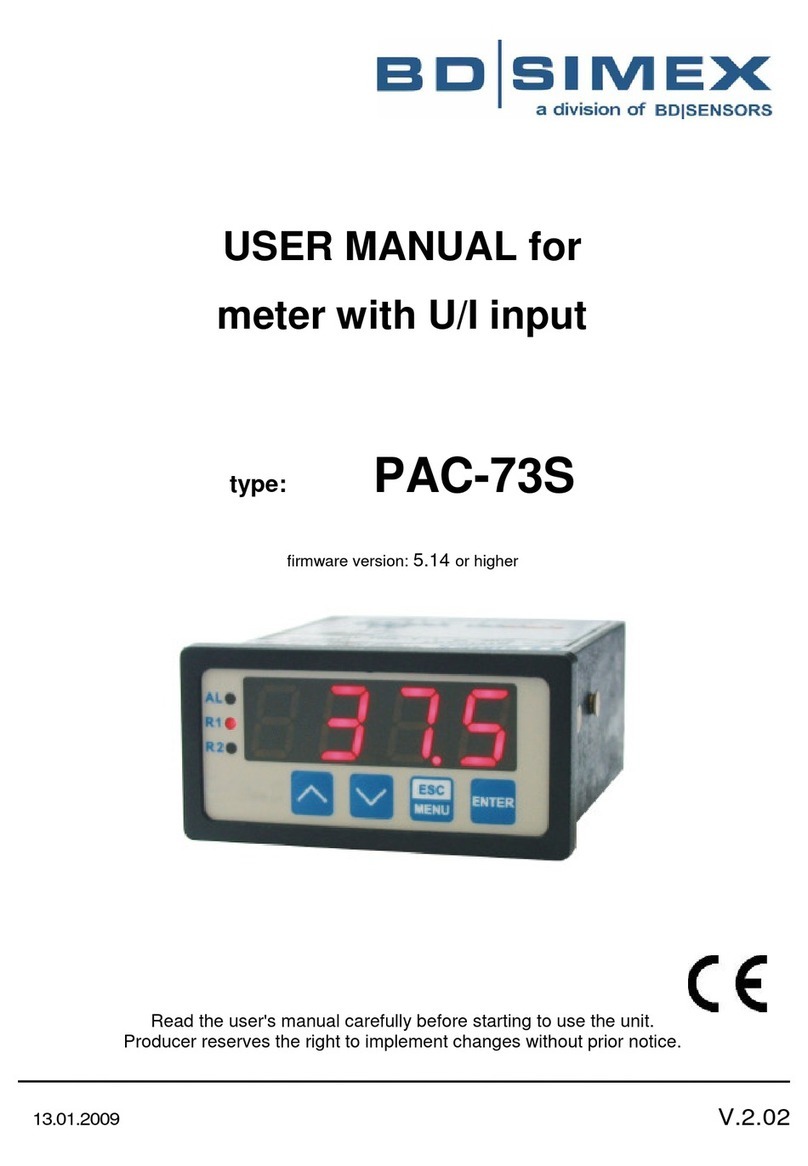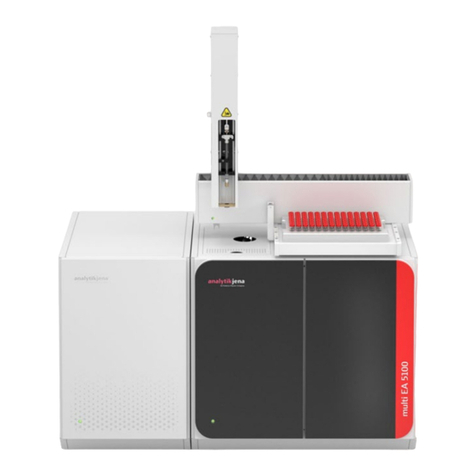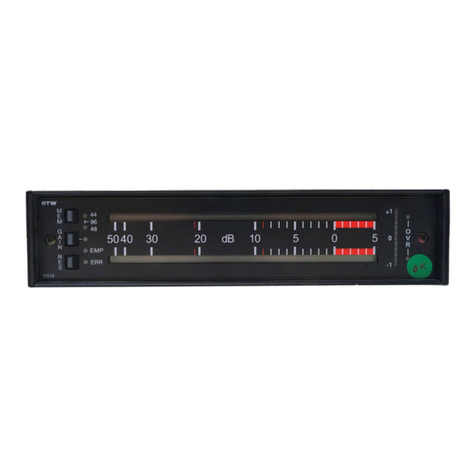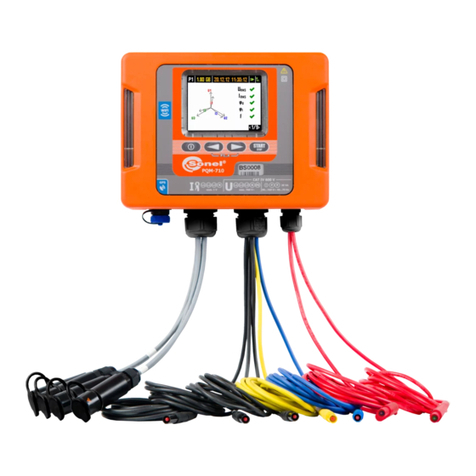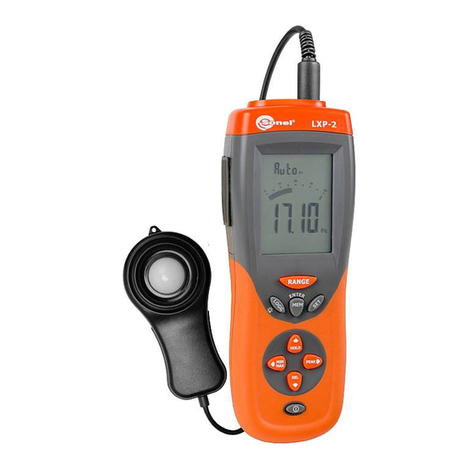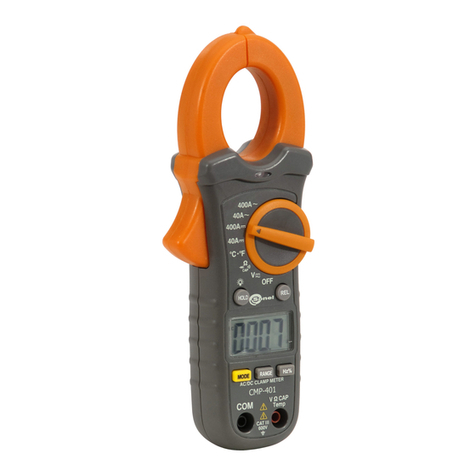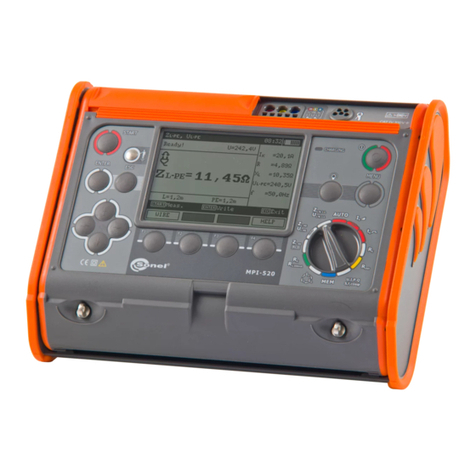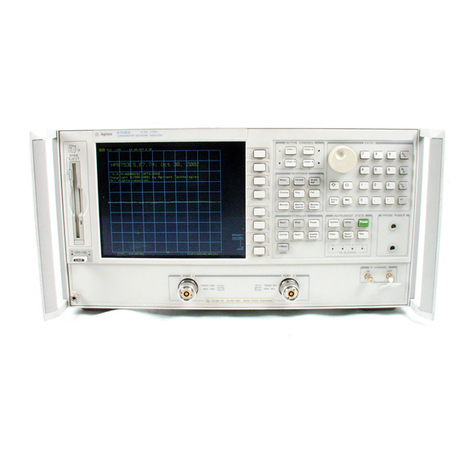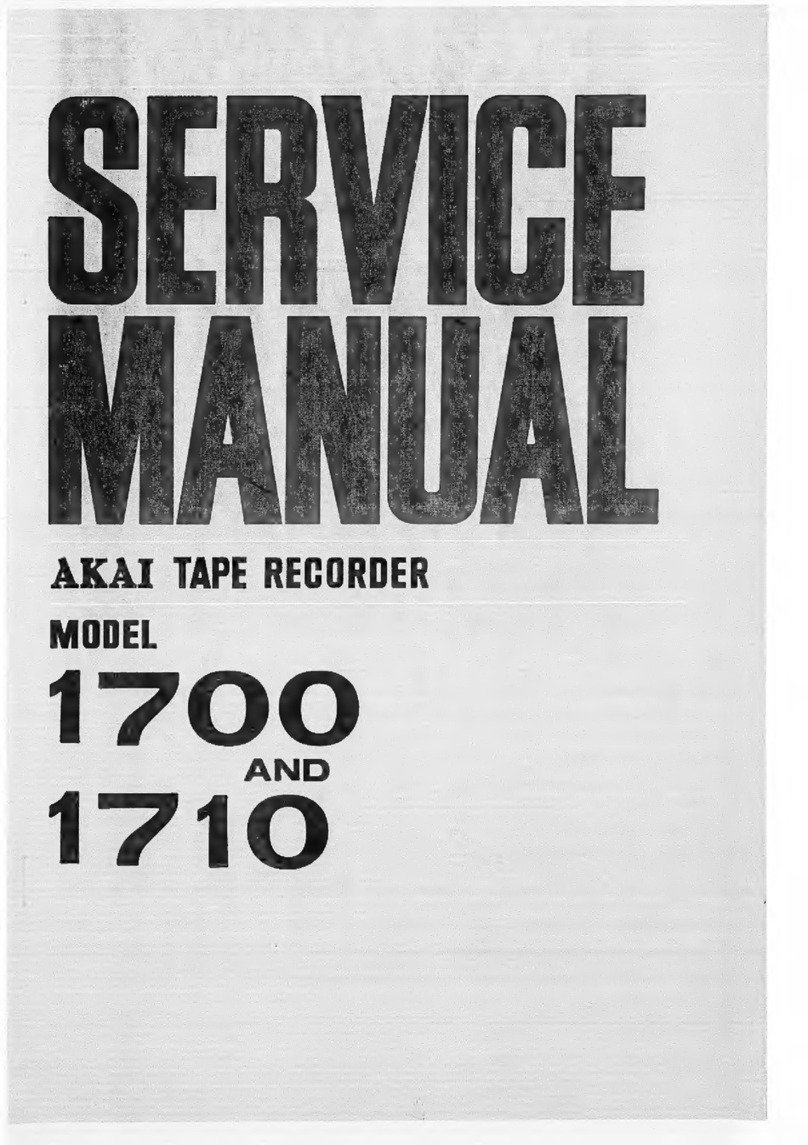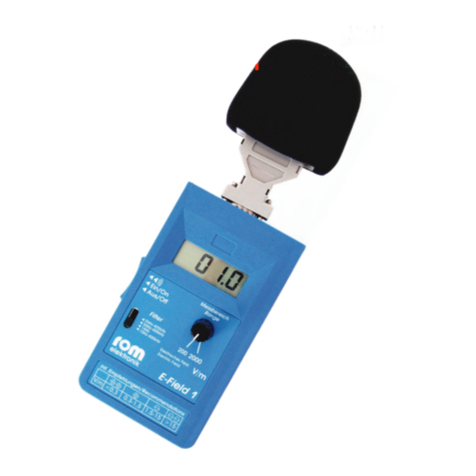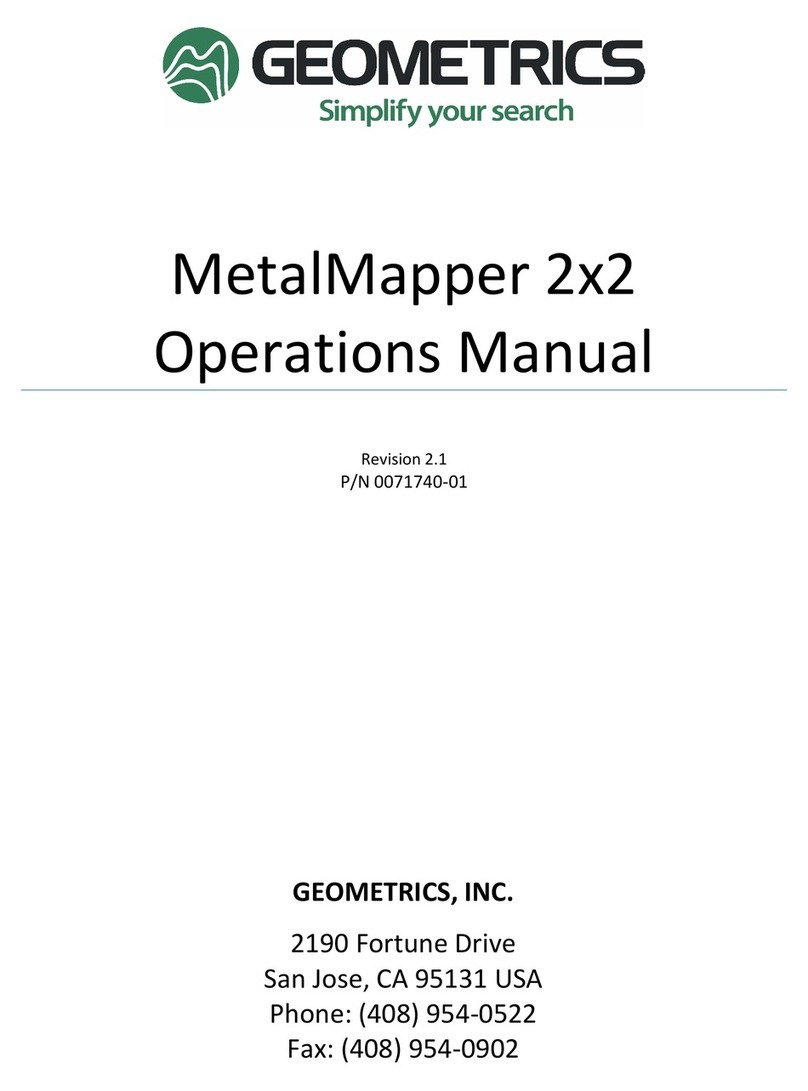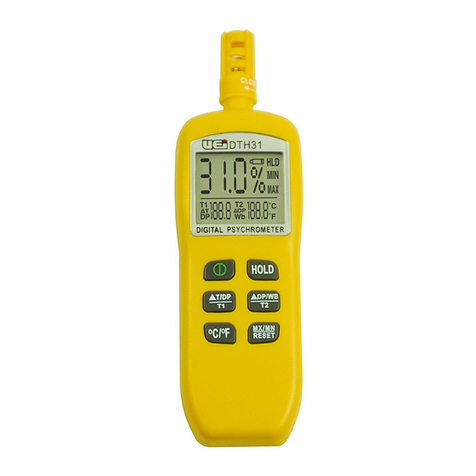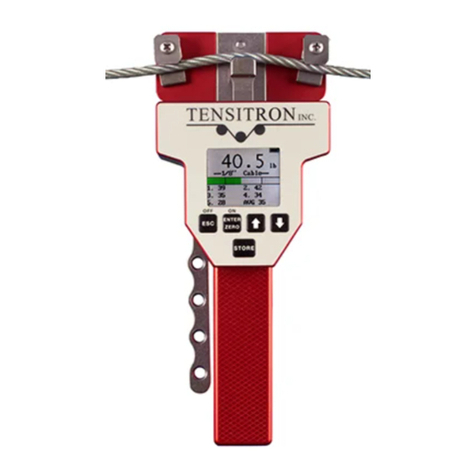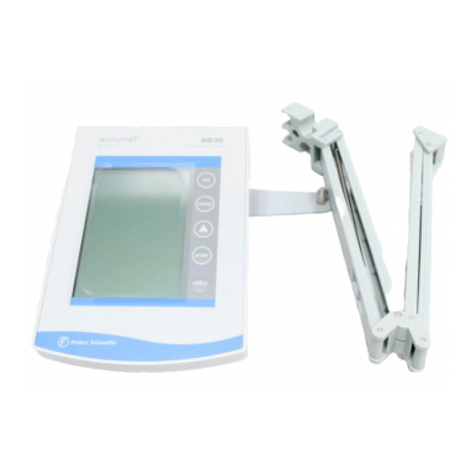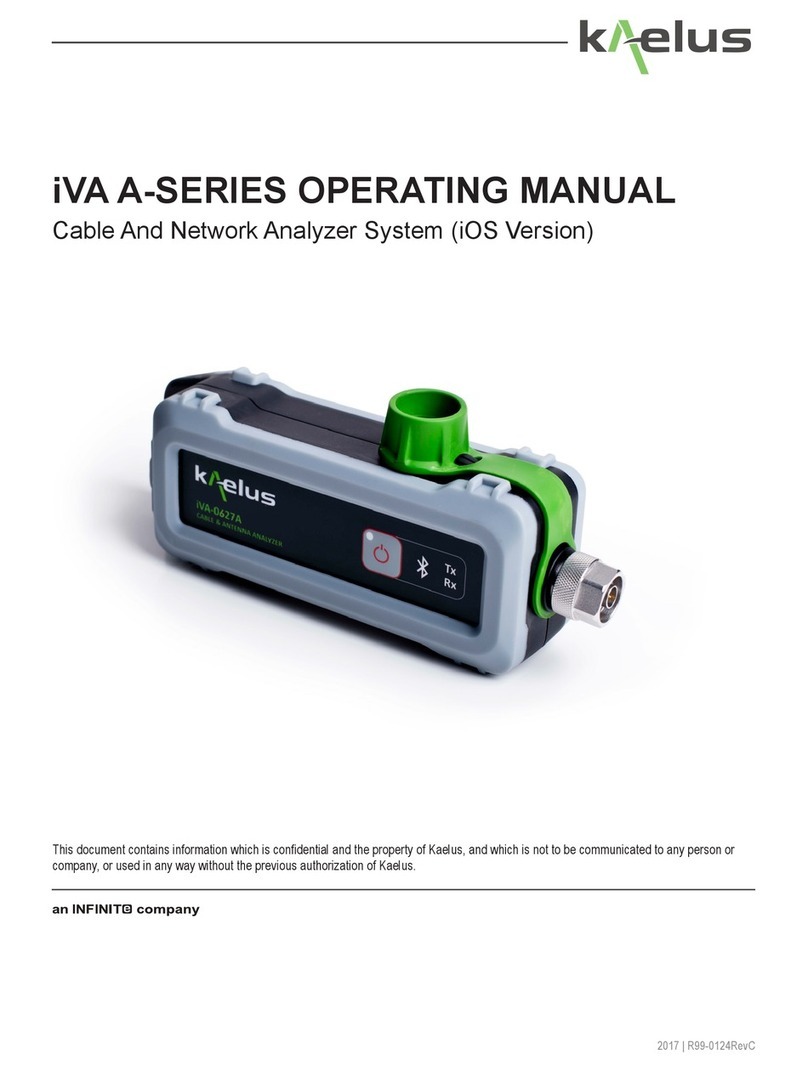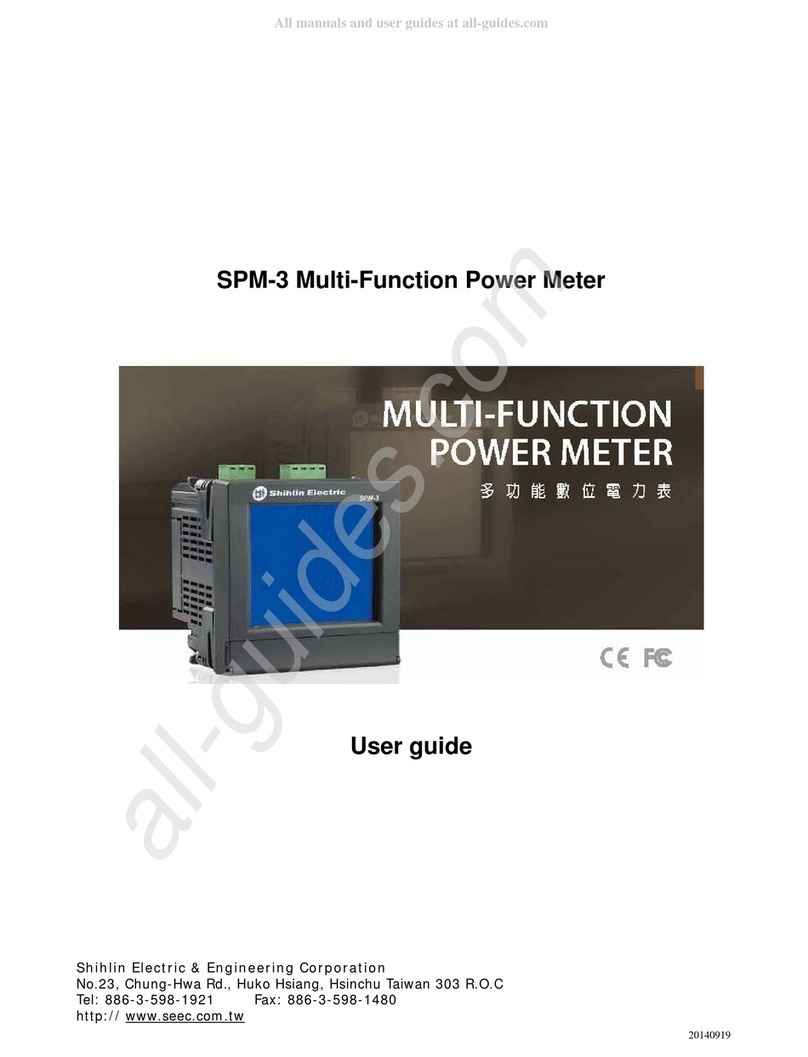CONTENTS
1SAFETY....................................................................................................................4
2MEASUREMENTS..................................................................................................5
2.1 TURNING THE METER ON AND OFF,DISPLAY BACKLIGHT..........................................5
2.2 SELECTION OF GENERAL MEASUREMENT PARAMETERS............................................5
2.3 REMEMBERING THE LAST MEASUREMENT RESULT ...................................................6
2.4 MEASUREMENT OF ALTERNATING VOLTAGE.............................................................6
2.5 MEASUREMENT OF VOLTAGE AND FREQUENCY........................................................7
2.6 CHECKING CORRECTNESS OF PE (PROTECTIVE EARTH)CONNECTIONS.....................7
2.7 MEASUREMENT OF FAULT LOOP PARAMETERS .........................................................8
2.7.1 Cable length selection.......................................................................................8
2.7.2 Prospective short-circuit current......................................................................9
2.7.3 Measurement of fault loop parameters in the L-N and L-L circuits .................9
2.7.4 Measurement of fault loop parameters in the L-PE circuit ............................12
2.7.5 Measurement of short circuit loop impedance in L-PE circuit protected by a
residual current device (RCD)........................................................................13
2.8 MEASUREMENT OF RESISTANCE TO EARTH.............................................................14
2.9 LOW-VOLTAGE RESISTANCE MEASUREMENT..........................................................15
2.9.1 Measurement of continuity of protective conductors and equipotential
bondings with
200 mA current......................................................................16
2.9.2 Low-current measurement of resistance.........................................................17
2.9.3 Compensation of test leads resistance - autozeroing......................................18
3MEMORY OF MEASUREMENT RESULT DATA...........................................19
3.1 STORING THE MEASUREMENT RESULT DATA IN THE MEMORY ................................20
3.2 CHANGING THE CELL AND BANK NUMBER ..............................................................21
3.3 VIEWING MEMORY DATA........................................................................................22
3.4 DELETING MEMORY DATA......................................................................................23
3.4.1 Deleting bank data..........................................................................................23
3.4.2 Deleting the whole memory ............................................................................24
3.5 COMMUNICATION WITH A COMPUTER.....................................................................25
3.5.1 Computer connection accessories...................................................................25
3.5.2 Data transmission with Bluetooth 4.2 module................................................25
4TROUBLESHOOTING.........................................................................................26
5POWER SUPPLY OF THE METER...................................................................27
5.1 MONITORING OF THE POWER SUPPLY VOLTAGE......................................................27
5.2 REPLACEMENT OF BATTERIES ................................................................................27
5.3 GENERAL RULES OF USING THE NICKEL METAL HYDRIDE (NI-MH) BATTERIES.....28
6CLEANING AND MAINTENANCE....................................................................29





















